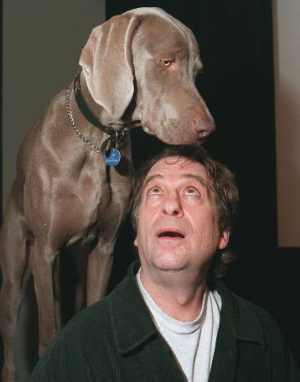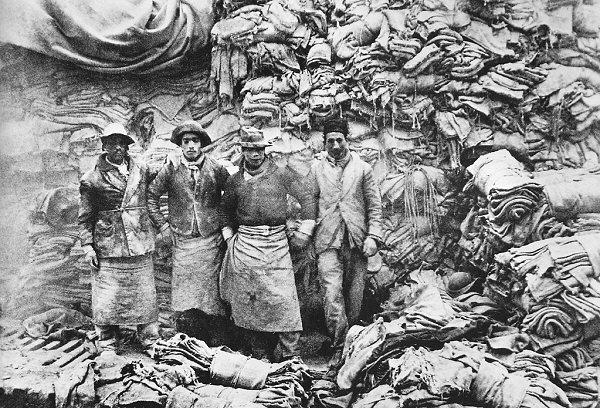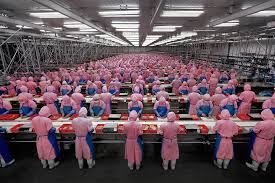I remember my mother telling me about her childhood.
She grew up in a small fisherman village in the west of Japan.
In her small neighborhood, there was one family, the wealthiest family, who owned a TV.
Every time monotoned "Tom and Jerry" came on, all the children in the neighborhood would rush to this family's house to watch this wonderful entertainment on a screen of a magical box.
Below clip is a short fragment from a Japanese Movie, "
Always: Sunset on 3rd Street" (
Always 3丁目の夕日) by director
Takashi Yamazaki (←This link goes to an interview with this director. The interviewer asks about his view on "technology" as it seems to appear a lot in his movies... very relavent, so read if you'd like!) Why did I put this? It's because this fragment shows how people reacted to TV when it first arrived to homes in Japan in the 50's. I would imagine the scenes of my mother's story being very similar to the scene shown in this clip.
The Versions of Cause and Effect in Technology and Society discussed in
Raymond Williams' article, The Technology and the Society, lists varieties of explanations people have when they discuss about how technology (TV) altered our world... whether TV was an acccidental invention, whether it was intended to disrupt, modify, or enhance social communications, etc. He emphasizes that we must not only focus on the technology in focus as the "cause" of the effect on the world, but also to talk about what "led to" the TV. Although this article was written in the 70s, what he wrote about technology as not just cause of change in the society, but also the societal chagne itself is very much applicable today, in the 21st Century. Yes, TV was a big deal in the 50s. Maybe thsoe who invented did predict each household to have TV eventually, but I doubt they predicted the TV to be so prevalent, for each household to have multiple TVs, for the cars to embed TV, for the cellphoens to embed TV... At least in Japan, most families cannot live without a TV. They wake up in the morning and turn it on right away. Weather forecast, morning news, reality shows, dramas, movies... Everything is up to date, and everyone must be informed to be able to get on the social flow. It's this progression of technological advancement that we must consider when we talk about the co-existance of technology and society and how they influence each other.
The clips above make one realize that it was such a joy and celebration for the world to achieve a high-technology called television. Now it's a social norm. People take advantage of it.
And how does this technological advancement affect the art world? Many things are so readily available and made possible thanks to technology. From the past weeks, we have discussed about the internet progression and web 2.0 being (in my opinion) a major plus to the art world as it allows the artists to promote and exchange their artworks with the world. Other than internet aspect, we may also discuss art that uses many technology such as CG and other digital effects as opposed to found materials and simple methods.
 |
Anthony Goicolea
from the book,
"Anthony Goicolea" |
As we have discussed in class, while watching "Amphibians" by
Anthony Goicolea, where cameras are placed and the sound effects used are all very important aspects of creating the mood and the storyline in a film. He also tend to have the theme of proliferation in his art works, that he would edit his photographs (often self-portrait) to convey his messages. He took advantage of technology, and experimented with its ability.
 |
| William Wegman and his dog |
On the other hand, artist like
William Wegman went the other way by experimenting with simple objects found around him. He would take, for example, a used can of deodorant, or toilet plunger and TV screen, or crooked wire (and his finger...!) to create series of short video clips... which were all so abstract and exteremely humorous. People can go all direction when considering art. I don't think people can claim one is better than the other, nor could they say one way is the only way and not the other. It really all depends on how the artist utilize what he/she decided to use, and how effectively he/she can use it to create good art. One thing that can be said, is, merely relying on the technology, and only doing so, is probably not the best way to go about.















